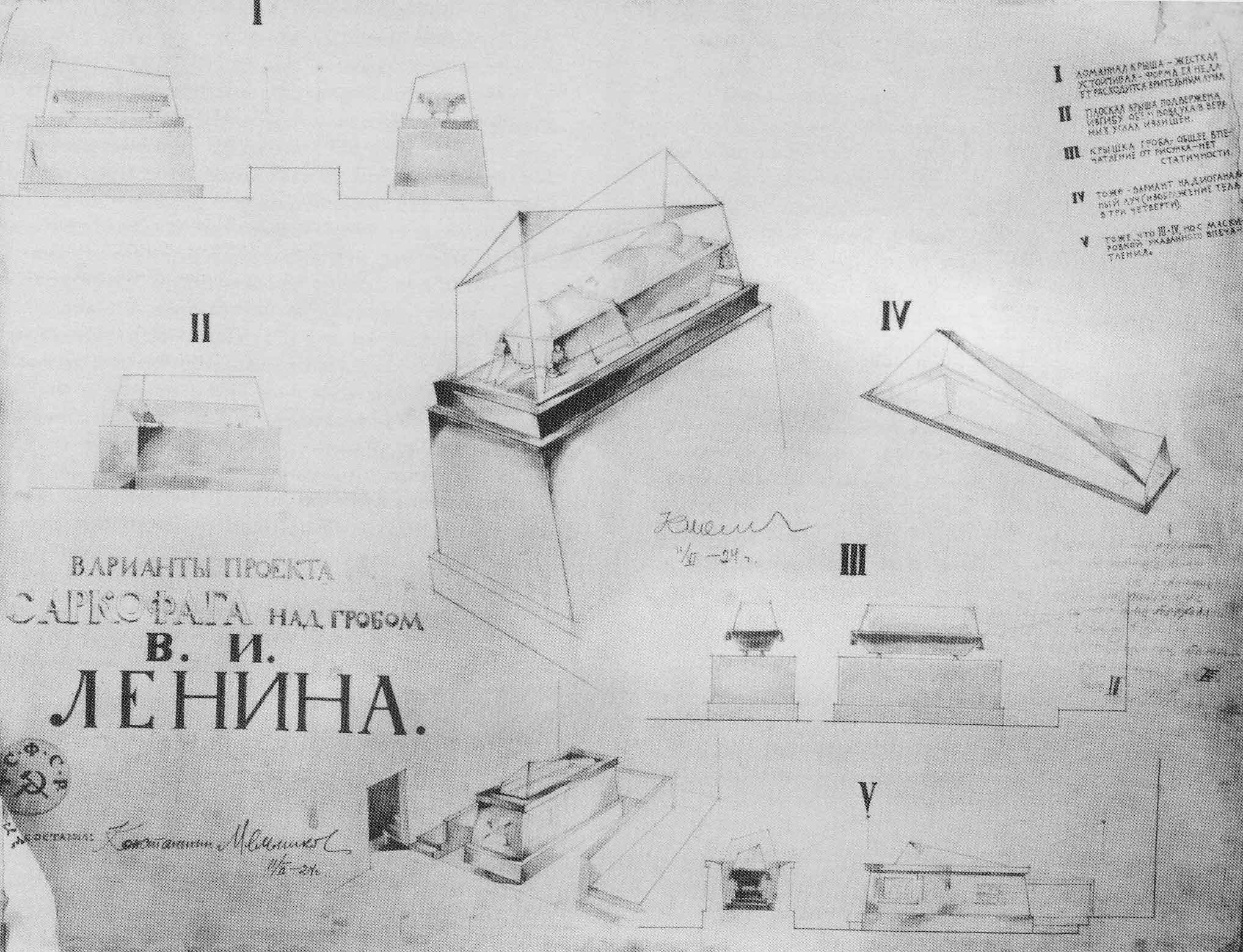Above: Ivan Leonidov
From explanatory notes to the Narkomtiazhprom competition
.
Until now the architecture of the Kremlin and St. Basil’s Cathedral have formed the architectural center of Moscow. It is natural that with the construction of a colossal new building on Red Square, the role of some buildings within the ensemble of this central Moscow complex will change.
I consider that the architecture of the Kremlin and St. Basil’s Cathedral should be subordinated to the architecture of the Narkomtiazhprom [Commissariat of Heavy Industry], and that this building itself must occupy the central place in the city.
The architecture of Red Square and the Kremlin is a delicate and majestic piece of music. The introduction into this symphony of an instrument so strong in its sound and so huge in scale is permissible only on condition that the new instrument will lead the orchestra, and will excel over all the others in its architectural quality.
The foundations of the competition of the Narkomtiazhprom building must lie not in splendor, or in the florid trumpery of details and forms, but in simplicity, severity, harmonious dynamism, and pithiness of content. Historical motifs must be compositionally subordinated to this leading element, on the principle of aesthetic contrast.
In the project the high towers are the compositional center. Their forms are determined by both functional considerations and architectural ones, in which I include such factors as the need for a clear structure of composition, for a sense of movement, and for powerful spatiality and grandeur. The low parts of the building such as the auditorium, speakers’ tribunes, exhibition areas, and the rear building are related in heigh to the surrounding architecture, and this lower plan is assembled in a composition of lesser contrasts.
Three towers:
The first is rectangular in plan with a lightweight, openwork top, and its main elevation faces Red Square. The top is glazed with suspended terraces constructed of stainless steel.
The circular tower is conceived as a contrasting element to the first. In form and treatment it is picturesque, with balcony-like terraces on its exterior. Here the material is glazed brick, and the surface character of this unusual material is what makes it possible to achieve this integrity of form. The illumination inside the tower is diffused; visibility is resolved by the insertion of vertical windows of clear glass within the general pattern of the cladding. At night the tower will stand out with its light silhouette and barely-perceptible structural frame, and with the dark patches of the balconies.
The third tower has a complex spatial configuration on plan, while being simple and strong in elevation.
Red Square, as the focal space of the entire proletarian collective, must not cut itself off from access by this proletariat, and therefore the low parts of the building must be treated in such a way that they enter into the general idea of ideologically saturated movement in the Square.
This is achieved by placing spectator stands in the foreground.
The Square is divided into two terraces at different levels. This makes it possible to achieve new effects in military parades, such as putting the tanks onto one level and the cavalry on the other.
Even with the existing width of the Square, it is impossible to provide a good view of the Lenin Mausoleum from the GUM side, when it is used as a saluting base for Party leaders] during the parades and mach-pasts. Extension of the Square to a width of 200 meters will create even greater difficulties of visibility. But this terraced treatment of the Square will also provide good views of the Mausoleum.
The main accommodation in this project is distributed as follows:
The main foyer is located in the center of the building and illuminated from above. Entrances are provided from the new boulevard, and from Ilinka and Nikol’skaia Streets.
The polyclinic, kindergarten, creche, mechanized canteen, hotel, and library are located in the lower volume behind the spectator steps. Here too are all other forms of service accommodation.
All accommodation for the working operation of the Commissariat is located in the towers, which are interconnected by aerial walkways. The Workers’ Club faces towards Sverdlov Square, and is connected by a passageway with the main entrance foyer. The total built volume of the complex is 1,064,460 cubic meters.
Arkhitektura SSSR, 1934 № 10, pgs. 14-15






















































